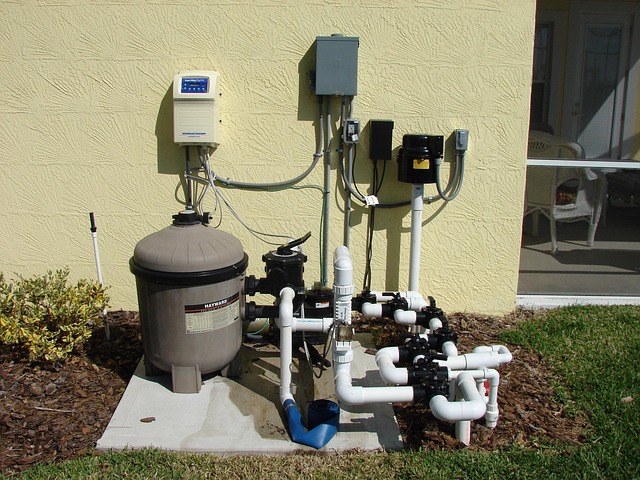Billiard Kit Essentials for Home Play
A billiard kit bundles the basic gear players need to set up and enjoy cue sports at home. Whether you’re starting in a garage game room or supplementing a club’s equipment, a kit simplifies choices by including cues, balls, racks, chalk, and maintenance tools. Knowing what each component does helps you match a kit to your space and playing style.

What is a billiard kit and what’s included?
A billiard kit typically contains a set of balls, one or two cues, a triangle or diamond rack, chalk, and sometimes a bridge or cleaning tools. Higher-end kits may add extra cue tips, a cue case, a cue repair tool, and a carrying bag. Kits are designed for convenience: they provide the essentials for standard play and occasional maintenance so new players can start quickly without sourcing individual parts.
How does a billiard kit fit a pool table?
Compatibility matters: pool table sizes (commonly 7-, 8-, and 9-foot) affect cue length and ball set choices. Most kits supply standard 2 1/4-inch balls suitable for standard tables and cues around 57–58 inches long, which work for casual home play. If your pool table uses unusual specifications or is a coin-operated commercial model, check the kit’s ball diameter and cue length before buying. Also consider the playing cloth and bumpers—kits don’t include these table components.
What billiard gear suits a game room setup?
For a game room, think beyond the kit and plan for storage, lighting, and protection. Proper overhead lighting centered over the table reduces glare and shadow. Wall-mounted cue racks or freestanding cabinets keep cues straight and protected. A compact kit can be paired with a table brush and cover to preserve felt quality. Flooring and clearance around the table are important: allow at least 4.5–5 feet of play space around the table so cues can be used comfortably without hitting walls or furniture.
How to choose the right cue included in a kit?
Cues in kits are often basic but serviceable. When evaluating a cue, consider weight (usually 18–21 ounces), tip hardness (soft, medium, hard), and shaft straightness. Beginners may prefer a medium tip and a cue that feels balanced in hand. Check for a solid ferrule and a well-glued joint if the cue is two-piece. If a kit cue feels too heavy, too light, or has an uneven shaft, it’s common to upgrade later to a customized cue while keeping the kit cue for casual use or guests.
How to maintain balls and other accessories?
Balls and accessories require periodic care to preserve play quality. Clean resin or phenolic balls with a mild soap solution and a soft cloth; avoid harsh chemicals that can dull the finish. Reconditioned or surplus balls may show wear; for consistent roll and pocketing, replace severely chipped or grooved balls. Chalk should be used sparingly and kept dry; when tips become flat or glazed, have them replaced or reshaped. Store cues horizontally on racks to prevent warping, and use a cue cleaner and lubricator sparingly to maintain smooth shafts.
Conclusion
A billiard kit covers the baseline equipment for cue sports: balls, cues, rack, and basic maintenance items. Selecting the right kit depends on your pool table’s size, your game room layout, and the level of play you expect. Proper storage, routine cleaning, and attention to cue and ball condition will extend the life of kit components and improve the playing experience. For specialized parts or repairs, local services in your area can offer fitting, tip replacement, or cloth replacement to keep your table and kit functioning well.






